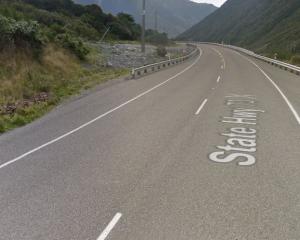
The city council is supporting the need to act urgently to remove invasive weed species from the river and other Christchurch waterways.
City council land drainage manager Keith Davison said invasive weeds, including hanging sedge, reed sweet grass, yellow flag iris and reed canary grass, have been an issue in the river “for a very long time” and the problem has got worse.
“In recent years more aggressive weeds have arrived that pose ever greater threats/challenges. These weeds rapidly colonise the margins, displacing native and exotic vegetation. They may also grow into the river, forming large rafts of vegetation clogging the river,” he said.
Mr Davison said if these sorts of weeds are just left “the river would likely be encroached by the fast-spreading weeds and larger plant species with native plants being forced out.
“This could impact on the river by capturing sediment and diverting flows,” he said.
Spreydon-Cashmere Community Board member Helene Mautner said invasive weeds are so widespread they may not be able to be completely removed.
“I think there are some weeds that are so well established now that it might not be possible even to remove them at this stage.”
She said something has to be done now to at least stop the issue from getting worse.
Linwood Ward city councillor Yani Johanson said he realised the extent of the issue when the board was briefed by Department of Conservation ecologist Nick Head.
“It’s incredibly urgent, we have to change what we’re doing and we have to put the resources in to address it now, otherwise it will become very hard to deal with and it will cost a lot more,” Cr Johanson said.
“This should be basic maintenance that the council does on a regular basis, the problem shouldn’t have been able to get this bad.”
Mr Davison said city council staff have a strategy to address the weed problem but how much this will cost is “yet to be determined.
“Plans are in place to control the worst weeds through a combination of herbicide and physical removal as part of council’s Heathcote River bank stabilisation and sediment removal project,” Mr Davison said.
“This will be followed up with ongoing monitoring and weed removal as required. Restoration planting of margins to re-establish the natural native margin that acts as a barrier to invasion and to provide shade is also being investigated to support localised enhancement plans.”













